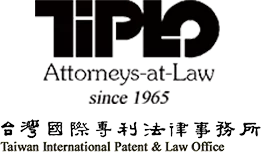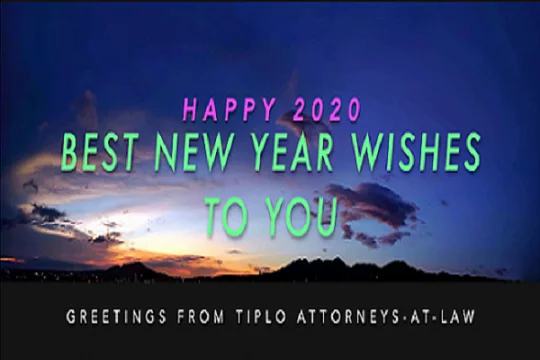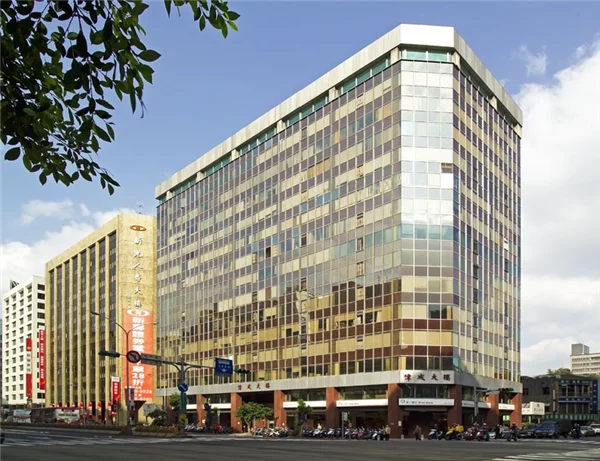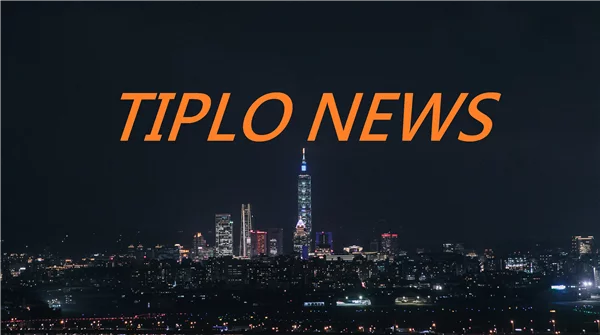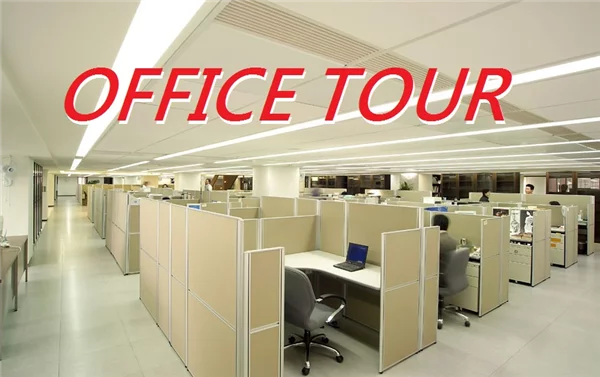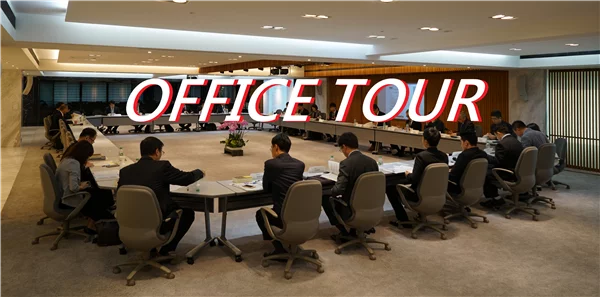Examination Standards for Software Invention Patent Applications to Undergo Changes. Experts Express Concerns over Possible Disconnection with International Trend.
E060816Y1 Sep. 2006(E82)
TIPO is studying to revise the examination standards for software invention patent applications. TIPO may propose to, among others, lower the patentability threshold and require the applicant to detail the necessary steps to utilize the relevant hardware to execute the subject program in the specification of the patent claim. Under the proposed changes, computer programs which are currently non-patentable could turn into patentable subject matters for invention patent. Some worry that such change may adversely impact the software industry
According to the current examination standards for software invention patent applications, the subject matter invention or creation must be the technical idea conceived by operation of rules of nature. If the specification given in the patent claim operates against the rules of nature, there is no invention. Further, the technical idea must be sufficiently represented in the patent application. The applicant may use flow charts, block diagrams to explain the development of the technical idea.
According to those from the software industry present at the 15 August public hearing, the most disputed issue is that the applicant for software invention patent will be allowed to use procedural command language to format the patent claim with respect to method claims in relation to the subject invention but must still adhere to the steps of the process when detailing the necessary steps or actions executed by the subject program as well as the workable steps or actions to utilize the relevant hardware resources to complete those steps or actions.
The software invention patent applications examination standards as of the change TIPO is studying to propose will operate in line with the spirit of the Japanese examination standards. However, as the Japanese examination standards requires that the applicant detail how the relevant hardware will be utilized, non-patentable computer programs which are considered non-patentable in western countries may turn into patentable subject matters due to such detailed specification. For this reason, the Japanese examination standards has been criticized by the USA and Europeans countries as being a factor weakening the enforceability of Japanese software invention patents.
The USPTO has adopted the most approving standards with respect to software patents as opposed to those adopted by other countries. Such policy successfully promoted filing of software invention patent applications. Take Category 705 applications for example. That category (electronic commerce) had a grant rate of 31.3% in 1998, which drew concerns from all sectors over possible consequence from excess patents on computer programs. In response to such concerns, the USPTO has reduced the number of grants of software patent with the grant rate of Category 705 applications cut down to 8.4%.
To avoid the problems found in the US software patent regime, European countries introduced the technical contribution concept with respect to software patentability and Japan Patent Office also pulled up the patentability threshold by defining eight negative types of progressiveness in the examination guidelines.
With the criteria for grant of software patents defined with increasing specificity worldwide, patentability of computer programs is rarely challenged now in software patent lawsuits in western countries. Parties to the action now shift their focus to the novelty and the progressiveness issues to develop their defense and attack strategy in court. Difficulty in introducing the necessary evidence should account as the main reason for such shift and building an international database will be the key to the resolution of this difficulty. (2006.08)
/EMA

